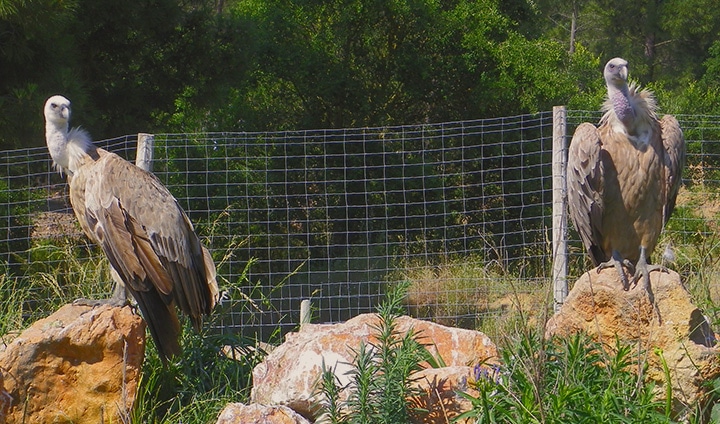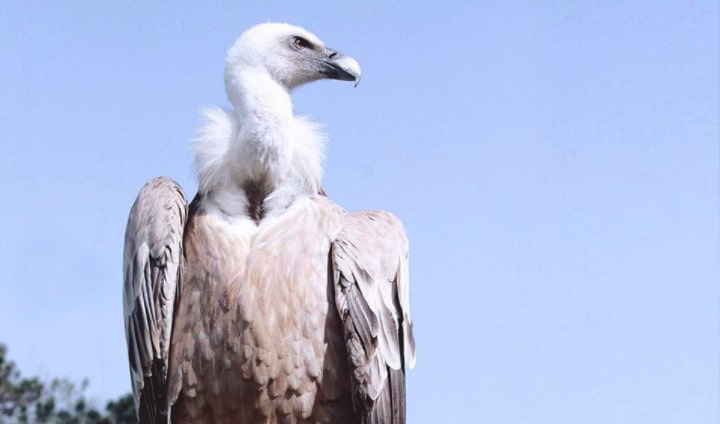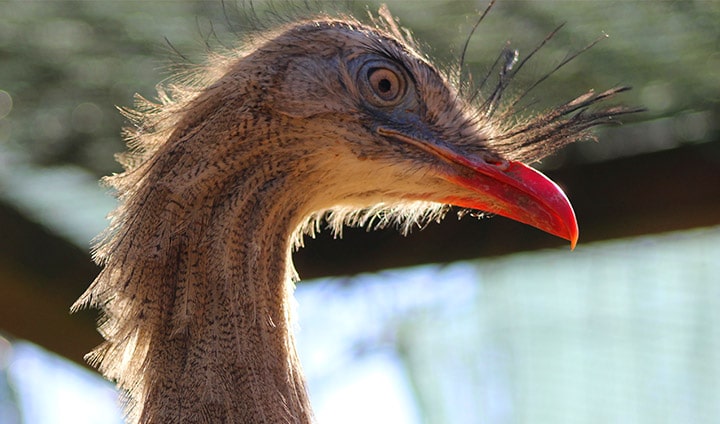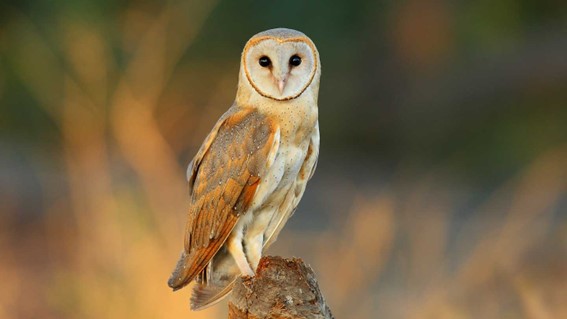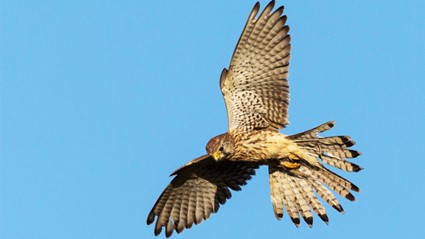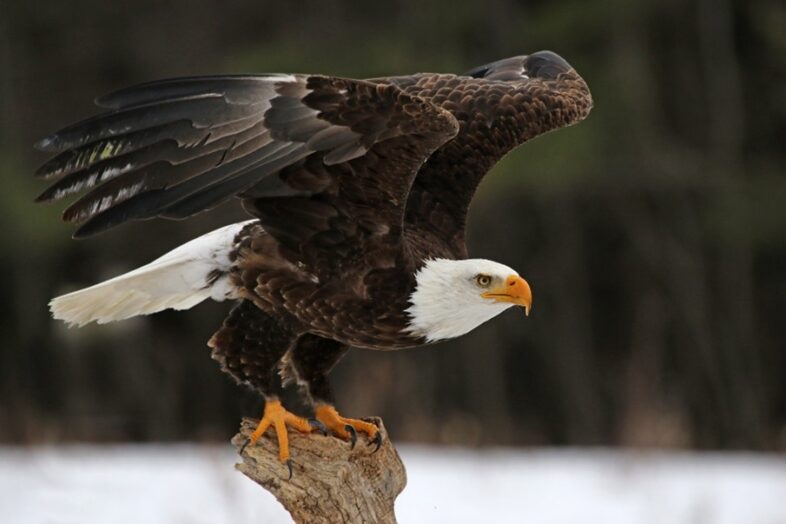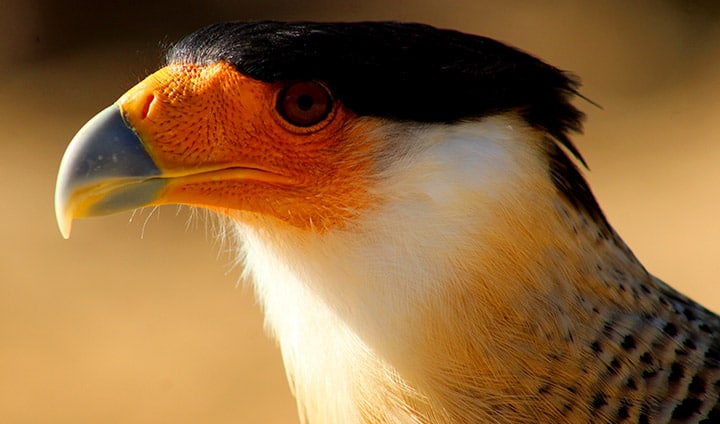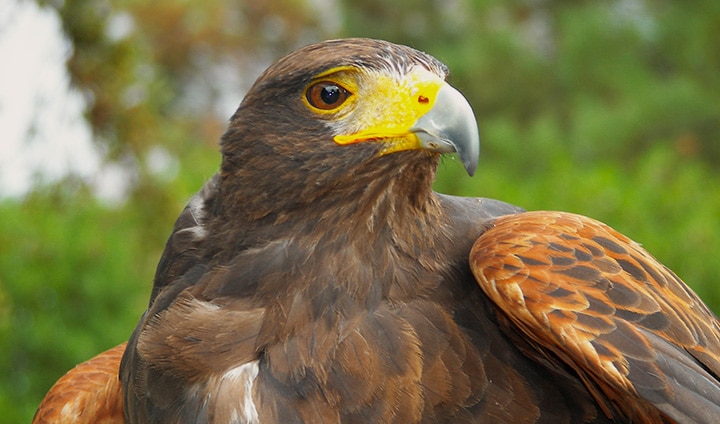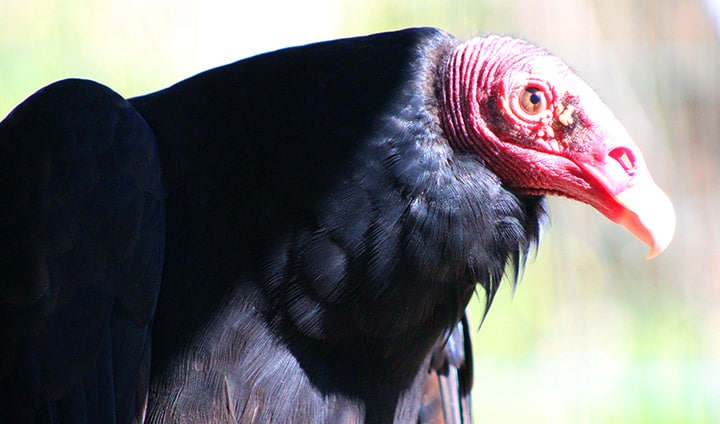Habitat and Geographical Distribution: Wide variety of habitats, preferably open areas with few or no trees, such as plains, hills or mountain plateaus. Essentially a Palaearctic distribution with a wide nesting range in Europe. Some juveniles migrate after the breeding season to Africa (sub-Saharan region), the Arabian peninsula and to northern Indian subcontinent.
Diet: Scavenger. Feeds on muscle and viscera of medium to large mammals.
Reproduction: Nests on ledges or in small caves on escarpments, rarely in trees. Nests of previous years are reused in successive years. The incubation period lasts for 48-58 days. Both parents feed the chicks by regurgitation. Chicks make their first flight at 110-115 days.
Behaviour: Colonial species, with strong gregarious behaviour, feeding in groups. Tends to nest in the proximity of feeding areas. Forms flocks that take advantage of thermals to take flight.
Interesting Facts: They use thermals in order to gain altitude during flight. They can fly for long distances, gliding and almost without flapping their wings.
Conservation status: Least Concern (LC), CITES Annex II
Threats: Use of poisoned baits, reduction of trophic availability, human disturbance in nesting areas, collision and electrocution, degradation of nesting habitat and human persecution.
Class: Aves
Order: Accipitriformes
Family: Accipitridae
Height: 95-110 cm
Wingspan: 230-270 cm
Weight: 6-12 kg.
Average lifespan in the wild: 25 years.
Maximum lifespan in captivity: 40 years


